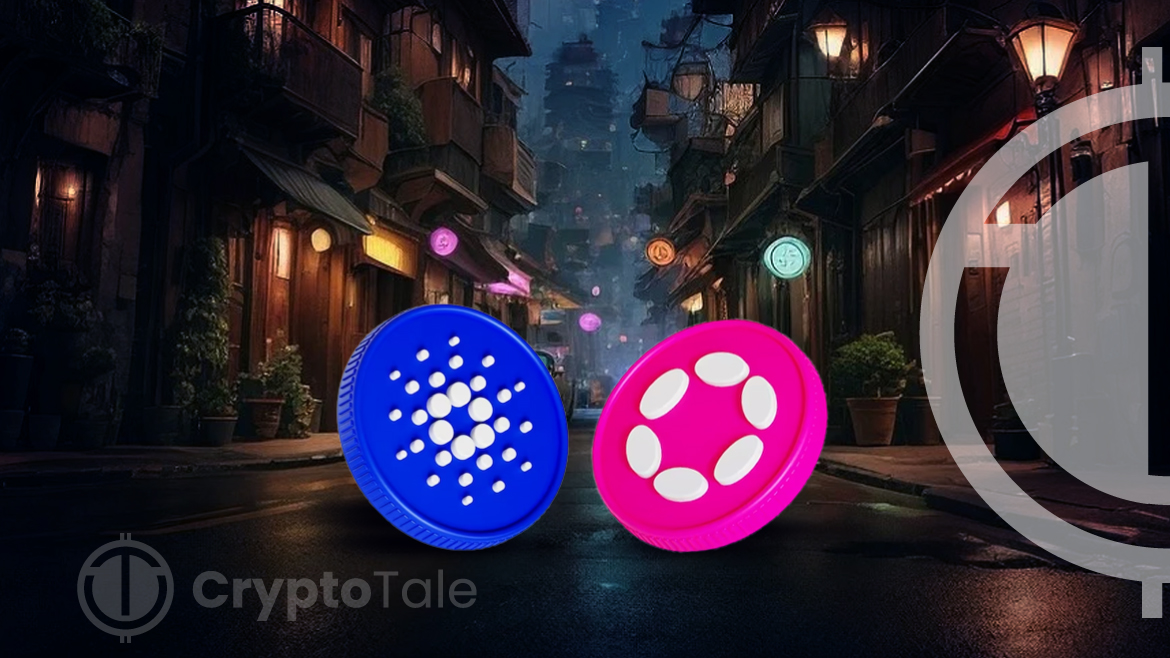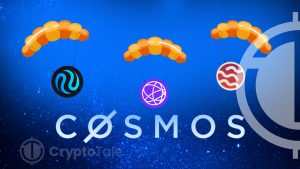
Cardano and Polkadot are emerging as two formidable competitors, each with its unique flair and contribution to the industry. Cardano, conceptualized by Charles Hoskinson, represents an eco-friendly and meticulously peer-reviewed platform. It functions like a high-end, artisanal coffee shop where each transaction is crafted precisely and carefully. This is primarily due to its Ouroboros proof of stake protocol, which emphasizes sustainability and meticulousness in its approach.
A cryptocurrency enthusiast known on X as A Chain of Blocks, shared a Twitter post, shedding light on the significance of this partnership.
⚠️POLKADOT 2.0 vs CARDANO: SIMPLY EXPLAINED
— A Chain of Blocks (@ACOBJason) December 18, 2023
The @Cardano $ADA vs @Polkadot $DOT debate is receiving a lot of attention of late.
Here is a Simple Comparison to Help You Visualize the Similarities and Differences Between #Polkadot and #Cardano. pic.twitter.com/26GFa3B8vt
Moreover, Cardano’s two-layered architecture – the Cardano Settlement Layer (CSL) for transactions and the Cardano Computation Layer (CCL) for smart contracts – adds a layer of complexity and efficiency to its operations. This setup ensures a robust and versatile platform for various blockchain applications.
Conversely, Polkadot is a more experimental block in the blockchain neighbourhood. As per the video, Cardano’s unique structure resembles a coffee shop offering a wide range of beverages, not just coffee. The Polkadot network features a series of para chains, each acting like individual coffee stations, crafting their unique varieties of blockchain applications. These are all linked to the central relay chain, which acts like a sophisticated espresso machine, blending the individual flavours into a comprehensive, full-bodied experience.
When it comes to governance, Cardano and Polkadot take different approaches. Cardano operates like a cooperative coffee shop where decisions are made off-chain, guided by the Cardano Foundation and IOHK. Conversely, Polkadot adopts a more direct democracy approach, where decision-making is on-chain, allowing for greater agility and faster implementation.
Additionally, the tokenomics of both platforms present interesting contrasts. Cardano’s tokens resemble a limited batch of specialty coffee beans – rare and highly sought after. In contrast, Polkadot’s tokens are like standard beans used daily, consistently roasted to maintain a smooth operation.
Scalability is another domain where these two platforms shine. Polkadot’s architecture allows for natural expansion as more para chains are incorporated. With its Hydra upgrade, Cardano has significantly enhanced its transaction throughput, capable of handling over a million transactions per second.
The recent announcement on November 6 about Cardano utilizing Substrate, the foundational framework of the Polkadot SDK, marks a significant step in collaboration between these two platforms. This move could be likened to a team of long-distance runners (Cardano) enhancing their capabilities with new strategies akin to the Hydra upgrade. Meanwhile, Polkadot operates like a team of sprinters, each specializing in blockchain functionalities.
Cardano’s price has been hovering above $0.6000 for the past few days with bullish momentum, while Polkadot’s price has been on a steady upward trend, currently hovering above $6.00. Currently, ADA is at $0.6013, and DOT is at $6.90, with a strong surge of around 8% and 6%, respectively, in the past 24 hours. If bullish trends continue, both ADA and DOT could see further growth, presenting exciting opportunities for investors.














